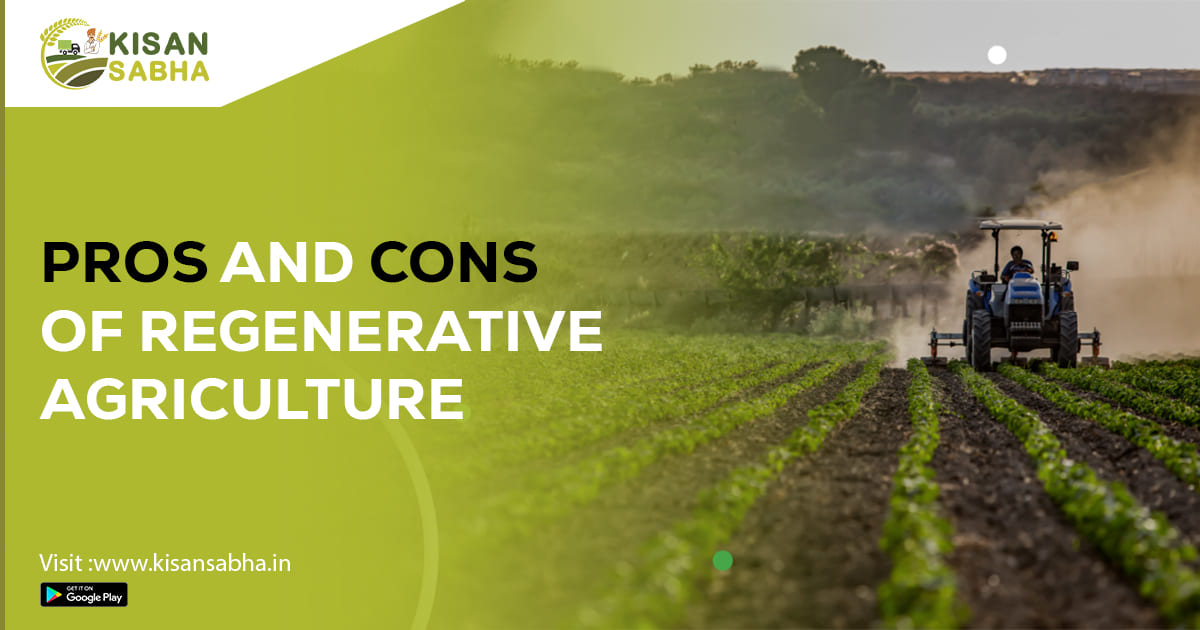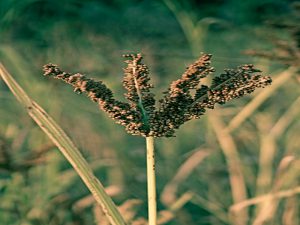A regenerative farming strategy focuses on recovering soils damaged by excessive chemical fertilizers and pesticides in industrial and agricultural practices. Regenerative farming approaches, on the other hand, encourage conservation and better ecosystems by replenishing soil organic matter through holistic farming and grazing strategies.
The agriculture business is now one of the world’s top carbon dioxide emitters. It accounts for one-third of all artificial greenhouse gases combined with deforestation and inadequate forest management.
Globally, people and industries are growing more interested in adopting sustainable practices such as permaculture, and there is a significant push within agriculture to minimize emissions and waste.
The Pros of Regenerative Agriculture
Practitioners of regenerative agriculture rely on nature to perform the heavy lifting. There are several benefits to implementing conservative agricultural practices into your farming operation, including:
1. Improved soil fertility- Regenerative farming practises will result in healthier, more fertile soil. Better soil has a better water-holding capacity, making crops more resistant to adverse weather conditions. Regenerative agriculture creates a porous soil structure, which lowers nutrient runoff and erosion.
2. Produces more robust crops- Regenerative agriculture practices have increased production since crops grown in organic systems are more resistant to harsh weather. Because the soil is highly healthy and contains beneficial soil bacteria that inhibit disease and contribute to excellent water retention, these practices can produce more robust crops.
3. Reduced carbon footprint- Regenerative agriculture practices strive to reduce harmful emissions by integrating dynamic and comprehensive permaculture and organic farming practices. These practices include cover crops, composting, pasture cropping, conservation tillage, and crop rotation.
4. Reduced chemical runoff and soil erosion- Regenerative agriculture practices like crop rotation create better year-round soil. This practice tries to replace the soil’s lost nutrients and minimizes water and fertilizer runoff since better soil is less prone to erosion.
5. Reduced production costs- Because artificial fertilizers and pesticides, which may be highly expensive, are not used in regenerative agriculture, the soil is healthier and contains more nutrients. Furthermore, these practices transform the farm into a more resilient ecosystem that can survive harsh weather and invasive species disruptions.
Cons Of Regenerative Agriculture
The regenerative farmer attempts to reestablish the original mixed-farm model by combining multiple aspects on the farm, a crucial factor in the post-COVID food sector.
A farm can limit external inputs and outputs, and hence the danger of contamination, by cultivating a more extensive range of commodities in one location.
However, to practice regenerative agriculture effectively, many farmers must learn new skills and expertise, notably in soil management. Managing farmers’ expectations of outcomes may also be problematic since opponents have accused proponents of exaggerating yield and benefit claims.
Farmers can save between 30 and 40% of their time by not tilling the soil and reducing soil erosion in certain terrains. Still, the disadvantage of regenerative agriculture is that more unwanted plants grow on the land, which some farmers compensate for by increasing their herbicide use.
It is also conceivable that the level of soil deterioration has been overestimated. Soil deterioration is difficult to quantify, and estimates from various organizations vary greatly.
Also Read:- What is Composting? Its Types and Advantages
Features of Cons Of Regenerative Agriculture
1. necessitates more effort- Regenerative agriculture necessitates extra labor to create items ready for sale. A more significant physical strain, such as weeding and other cultivation techniques, may be handled in traditional agriculture with artificial pesticides and tillage machinery.
2. Requires specialized knowledge- An organically grown crop’s quality greatly depends on your abilities, expertise, and experience. Crop development patterns must be monitored throughout each critical growth stage in regenerative farming.
The crop’s value may suffer if you cannot identify and treat an issue. You’ll also require an extensive local understanding of soil systems, ecology, weather, and other crop development factors.
3. Distinctive challenges with marketing- Most farmers, including yourself, will agree that organic crops are more expensive than commodity foods or those cultivated commercially. The local market for organic goods currently needs to be defined for other crops.
This makes it difficult for specialty farmers to compete with other commercially produced items that are easily accessible and less expensive.
4. Strict certification procedure- To become an organic producer, you must spend more money on certifying agents, which raises the entire cost of production.
5. Higher in price than commercial farming- To qualify as an organic agricultural firm, you must invest in infrastructure and other start-up expenditures. Soil supplements, such as rock dust, are more expensive for many farmers than pesticides commonly employed in commodity farming.
Regenerative farming has a long way to go before it can be considered a viable alternative to traditional, large-scale agriculture. It is apparent, however, that it is a source of significant ideas and impact. A regenerative strategy can provide farmers with new viable and environmentally sustainable business models.




